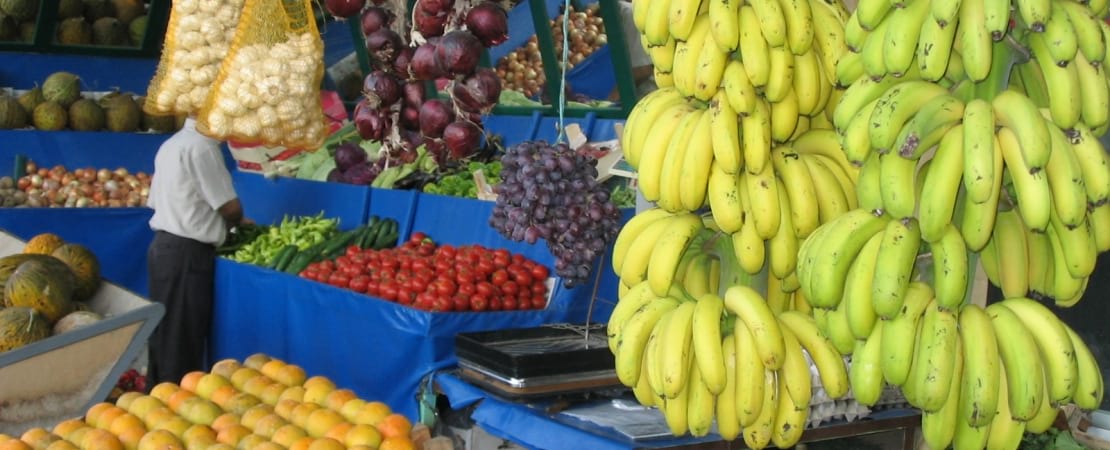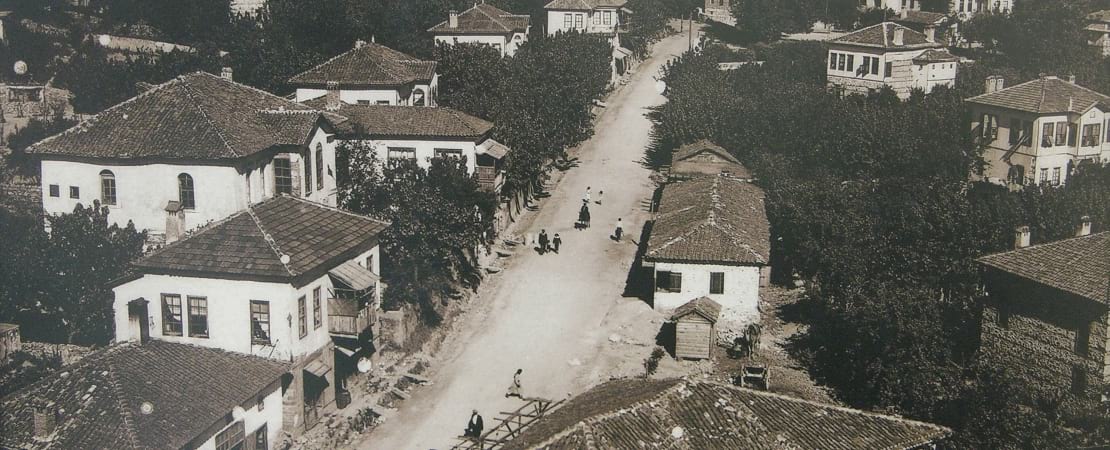Sights to visit and enjoy
Plan your stay by checking here what the best sights to visit are and how to get there.

How the banana came to Alanya
Boats departed from Alanya with the course set for places like Egypt and Cyprus. The holds were filled with wood, sesame seeds, beans and different kinds of nuts and fruits. On the way back they had been traded for salt, soap, oil and decorative items from far away countries.
It was from such a journey to Egypt that the merchant Serifali Ahmet Aga brought a banana plant back to Alanya and planted it in his backyard.
When the banana plant started to produce bananas he instructed his family not to eat the bananas since they were likely to be poisoned.
After a while the ripened bananas fell to the ground and were soon eaten by ants and other insects. The family housekeeper saw this and realised that the bananas were not poisoned at all. She decided to taste one of these new fruits. The housekeeper liked it a lot and told others about it.
Thus the myth of the poisoned banana plant came to an end and soon the growing of bananas started in Alanya. Around 1920 the demand started to rise and the number of fields increased dramatically.
The growing of bananas in Turkey is concentrated in a 200 km long belt running along the Mediterranean coast from Manavgat through Alanya to Anamur.
This belt is the only place in Turkey with the right climatic conditions for growing the plant. The banana is an incredibly fragile plant that requires a lot of water and a mild climate. When winter is approaching and the weather becomes unstable, plastic sheeting is put around the bananas to protect them. It is possible to harvest bananas twice every year and one banana plant can yield up to 75 kilos of bananas per harvest.
Each year 40,000 tons of bananas are produced in Turkey. This is not enough even to cover the demand on the domestic market.

Old customs and traditions in Alanya
Remember that not all traditions have a direct purpose but often must be seen as a symbolic act with any logical explanation. The customs and traditions mentioned here is just a selection of many. Often they are not being used any more.
Children:
- A newly born child will not get it nails cut the first six month of its life. After six month the hand of the child is put into the pocket of the father from where it will take some money. The money is then spent on fruits and nuts that are shared with the neighbours. After that the nails will be cut.
- When a newly born child arrives to its home after the birth all visitors will be invited for a nice dinner. This is to avoid that the newly born will get an egocentric character.
- If more than one child is born within the same area on the same day the parents will meet and exchange sewing needles or bread. This is to avoid that the children will become lazy.
In case of sickness:
- - If a dog barks in front of a house with a sick person it is considered as a bad sign. From the house glowing charcoal and onions will then be thrown at the dog. At the same time it will be shouted out to the dog: I hope your mouth will burn.
- In the case of an eye infection the infected eye will be washed with water from the bowl from which the dog is drinking its water. This should set right the infection.
- By swellings around the ears a circle around the swelled area is drawn with the tooth from a dead pig. This must be done when the stars appear in the sky after which a prayer is spoken.
- If a person is experiencing allergy a red ribbon is attached to the person after which he is chased by a group of children all speaking out the same verse. This should make the allergy disappear.
The traveller:
When a person set out for longer journeys water is purred on the ground before him. This should make the journey go easy and effortless as running water.
Royal Architect Sinan
Royal Architect Sinan was born In Ağırnas village close to kayseri.
İn 1511 during the time of Yavuz Sultan Selim of İstanbul he joined the Egyptian journey as an architect. Then in 1521 became a janissary for Kanuni Sultan Süleyman's. In 1538 he became the ottoman empires head architect.
The development and maturing stages of Sinan can be marked with three major works.
His first work been Prince(shahzadah) mosque which he called his apprentice work. His 2nd work during 1550-1557 was the Süleymaniye mosque. The Süleymaniye mosque has been with self expression the most splendid work. His Master art has been the Selimiye mosque in edirne.
In total Sinan was the architect of around 360 structures. With most of his work in and around İstanbul.
Unfortunaely Sinan died on the 17th April 1558.He died in 1558 and is buried in a tomb of his own design, in the cemetery just outside the walls of the Süleymaniye Mosque across a street named Mimar Sinan Caddesi in his honour. He was buried near the tombs of his greatest patrons sultan Süleyman and his wife Haseki Hürrem.
Sertab Erener
Sertab Erener is a popular Turkish singer who won the 2003 Eurovision Song Contest for Turkey with her song Everyway that I can.
Born in December 1964 Setab a native of Istanbul is recognised as one of the divas in turkish pop music.
Sertab studied music in university before beginning her music career. Her first album released was Sakin Ol in 1992 and it followed with 4 more Turkish language albums over the next decade.
With her success of the Eurovision Song Contest Sertab then released her first English language album No Boundaries in 2004.
Having a successful career in the following years in March 2007 the Best of Sertab Erener was recorded which features samples of music of Spanish, Greek and English duets, one of those performed with Ricky Martin.
Sertab has no regrets of her career, she claims there is nothing she wishes she has done in her 15 years long career. She admits there is a lot to be done still but is happy and content with her achievements so far.
Her secret is that she sees every day as a new beginning and strives to realise her dreams without hurting or overworking herself.
